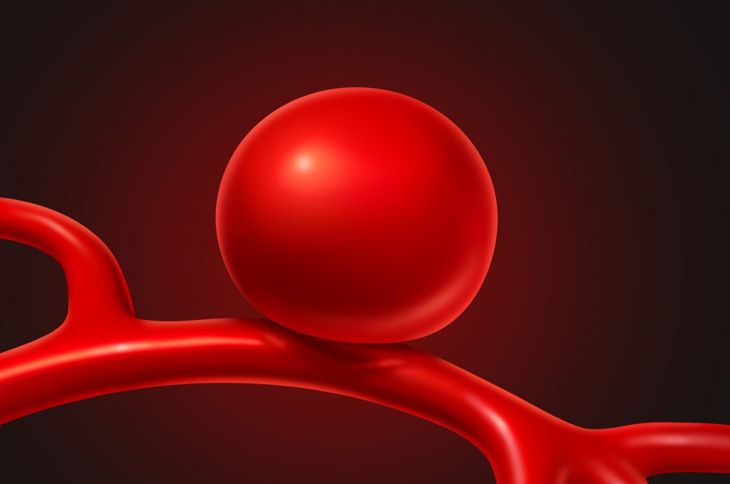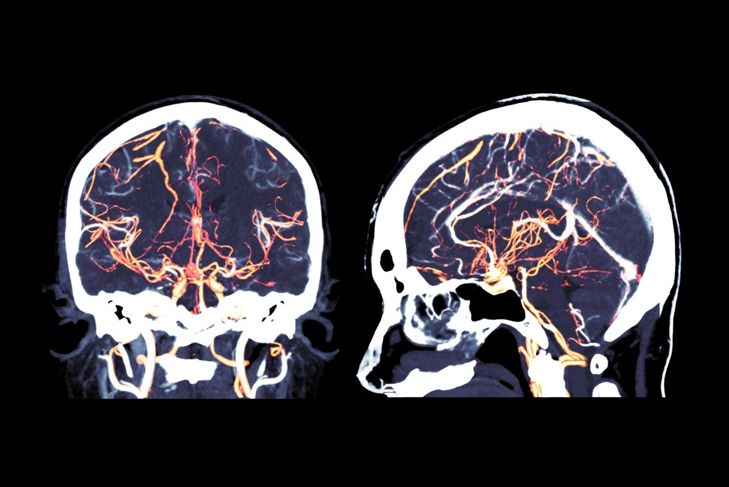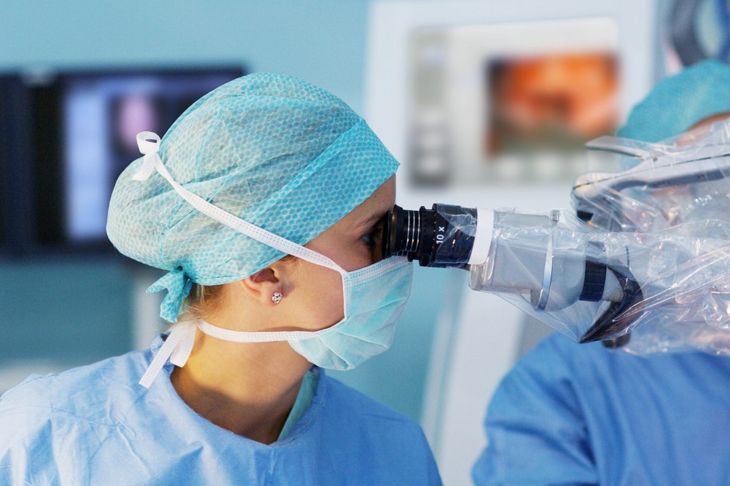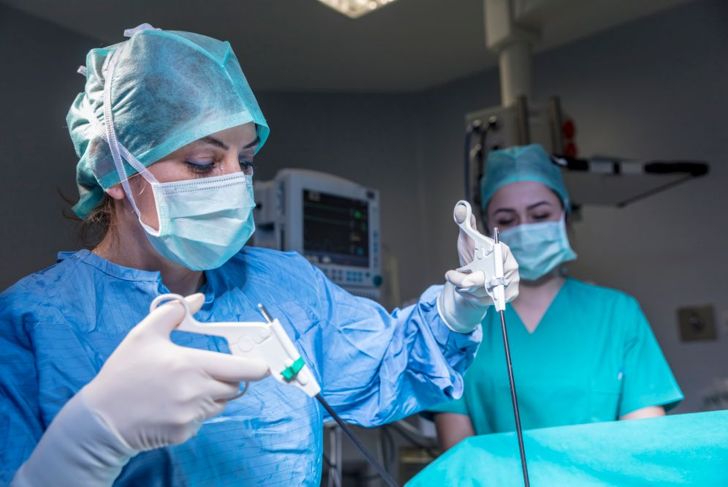The subarachnoid space is the area between the brain and the delicate tissues surrounding it. A subarachnoid hemorrhage is a stroke that occurs when blood collects in this area. It is a life-threatening emergency and requires immediate medical attention. Subarachnoid hemorrhage accounts for more than a quarter of potential years of life lost to stroke for people under the age of 65.
Most Common Causes
The most common cause of subarachnoid hemorrhage is head trauma, often resulting from falls in older people and motor vehicle accidents in younger people. A hemorrhagic stroke occurring somewhere else in the brain can also cause this event, if the blood leaks into the subarachnoid space.
Brain Aneurysm
In the absence of head trauma, the most common cause of subarachnoid hemorrhage is a brain aneurysm. Aneurysms occur when an artery in the brain balloons, ruptures, and bleeds into the surrounding tissues. Risk factors include smoking, high blood pressure, excessive alcohol use, and a family or personal history of aneurysms. Certain medical conditions, such as Ehrlos-Danlos syndrome, some heart conditions, and polycystic kidney disease increase the risk too.
Common Symptoms of Subarachnoid Hemorrhage
Catching a subarachnoid hemorrhage early may result in more successful treatment. Common symptoms include double vision, severe headache, loss of consciousness, trouble speaking, confusion, sensitivity to light, and seizures. Some aneurysm signs specifically point to a subarachnoid hemorrhage, such as dilated pupils, eye pain, seizures, trouble with balance, vision changes, and trouble with memory.
Diagnostic Testing
The most effective way to diagnose a subarachnoid hemorrhage is with a CT angiography or cerebral angiography. This special scan visualizes blood vessels using contrast material injected into the veins. A regular CT scan is helpful but may miss small hemorrhages. A lumbar puncture can assess the CSF for blood, and an MRI can locate bleeding in other areas of the brain.
Emergency Treatment
The goals of treatment for subarachnoid hemorrhage are to stabilize the patient, discover the cause of the bleeding, and manage complications. This includes life-saving interventions like intubation, preventing additional bleeding, and removing large collections of blood to relieve pressure. Surgical interventions may have to wait until the patient has stabilized.
Clipping
If subarachnoid hemorrhage is the result of an aneurysm and the diagnostic scan shows additional aneurysms, surgery can prevent those aneurysms from rupturing. One procedure is clipping. A portion of the skull is removed, and a small clip is placed at the base of the aneurysm. The surgeon replaces the skull portion and fastens it in place with plates and screws.
Vessel Bypass
Another surgical intervention for subarachnoid hemorrhage caused by an aneurysm is vessel bypass surgery, performed when the aneurysm is too complicated to clip easily. It involves harvesting a blood vessel from the arm, leg, or brain and attaching it to the artery with the aneurysm to make sure that blood flow to the brain continues while the surgeon secures the aneurysm.
Minimally Invasive Treatment for Aneurysm
Some minimally invasive treatments for an aneurysm can prevent future subarachnoid hemorrhages. Coiling is done during a cerebral angiogram and involves inserting a catheter into the base of the aneurysm and threading a thin metal coil through it. This fills the aneurysm and forms a clot to prevent rupture. A flow diversion device or stent may be placed at the base to control blood flow to the aneurysm, slowing it down so a clot forms.
Complications
Subarachnoid hemorrhages can cause serious complications. Hydrocephalus occurs when blood and spinal fluid fill up the space between the brain and the skull, causing swelling. Another complication is irritation, which causes the blood vessels in the brain to constrict, reducing the blood flow. This can lead to another stroke and, in some cases, paralysis, severe brain damage, or coma.
Recovery
Recovery from a subarachnoid hemorrhage varies widely. The prognosis depends on a lot of factors, including the cause of the bleed, how quickly the person received treatment, and the extent of the neurologic damage. Inpatient and outpatient rehab are often needed for those who survive. Scans and followup appointments are necessary to evaluate neurologic recovery.

 Home
Home Health
Health Diet & Nutrition
Diet & Nutrition Living Well
Living Well More
More




















